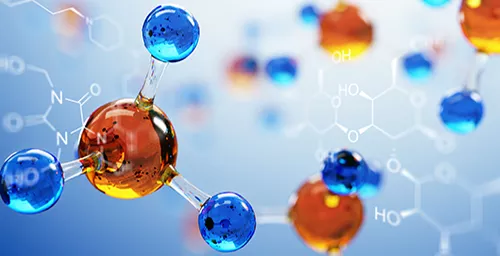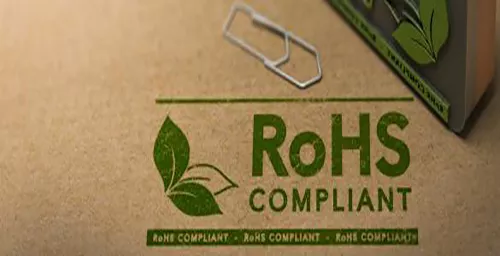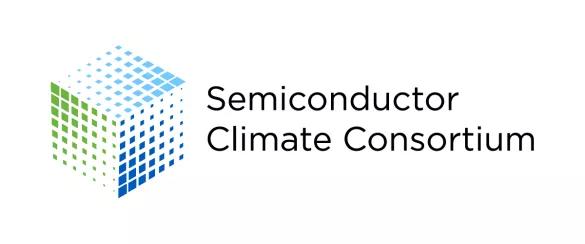Working Groups
SEMI PFAS Working Group
Perfluoroalkyl and Polyfluoro Alkyl Substances (PFAS) are vital to the industry due to their unique and unparalleled properties that enable them to be used in the demanding conditions of semiconductor manufacturing. Lack of continued access to PFAS could lead to an inability to produce and supply the world with semiconductor manufacturing technology.
Position Papers, Articles & Blogs
- May 2019 Parties to Stockholm Convention on Persistent Organic Pollutants Agree to SEMI Recommendations
- August 2018 Identifying PFOA Levels in the Equipment Supply Chain and the Threat to the Secondary Equipment Market
- July 2018 Information Related to PFOA in the Equipment Supply Chain
- February2020 Fluorinated Chemicals Are Essential to Semiconductor Manufacturing and Innovation
- April 2020 SEMI Comments to EPA on Significant New Use Rule for Long-Chain Perfluoroalkyl Carboxylates and Perfluoroalkyl Sulfonates
- April 2020 Developing an Analytical Technique for PFAS in Water using SPE and NMR by Zac Powers, Jonathan Cain, WPI
- December 2020 Essential Uses of PFAS in Semiconductor Manufacturing | SEMI Presentation to ChemWatch
- September 2021 SEMI Comments on TSCA Section 8(a)(7) Reporting and Recordkeeping Requirements for Perfluoroalkyl and Polyfluoroalkyl Substances
- December 2022 SEMI Comments to EPA on TSCA Section 8(a)(7) Reporting and Recordkeeping Requirements for PFAS
- September 2022 CA Gov Newsom Veto on AB 2247: PFAS publicly accessible data collection interface
- November 2022 State of Maine PFAS Reporting Law – Process to Request 6-Month Deadline Extension
- June 2023 The PFAS Explainer
- July 19, 2023 Draft State of Per- and Polyfluoroalkyl Substances (PFAS) Report and Risk Management Scope, Chemistry Industry Association of Canada
REACH

The European Union established a chemical control regulation named Registration Evaluation, Authorisation and Restriction of Chemicals (REACH). The regulation requires companies to identify and manage risks linked to the substances they manufacture. If such chemicals have health or environmental risks, the chemicals can be restricted from being present in the European Union.

EU Machinery Directive

The European Machinery Directive promotes the free movement of machinery within the European Single market and guarantees a high level of protection for EU workers and citizens. The Directive is currently under revision, with a Regulation on machinery products proposed to replace the Directive.

ROHS Regulations

The European Union Restriction of Hazardous Substances (RoHS) Directive lays down rules on the restriction of the use of hazardous substances in electrical and electronic equipment (EEE). Time-limited exemptions are in place for certain applications. Although a majority of semiconductor manufacturing and related equipment (including facility equipment used in semiconductor manufacturing factories) are outside the scope of the RoHS Directive because of the large-scale stationary industry tools (LSSIT) or large-scale fixed installations (LSFI) exclusion, many critical components used in semiconductor manufacturing and related equipment consist of various in-scope EEE.
The renewal processes of the time-limited application specific exemptions require input from the relevant stakeholders. Therefore, SEMI also needs to respond to protect some of these exemptions. It should also be noted that a revision of the RoHS Directive is on its way, which would require full attention of the RoHS Working Group.

TSCA

The US Environmental Protection Agency’s Toxic Substances Control Act (TSCA) is applicable to a broad number of industries in the US, including semiconductors. These regulations will affect a company’s ability to import and sell components in the US.

SEMI Safety Standards - S2

The SEMI EHS Standards Committee develops Standards that promote safe and environmentally responsible design, selection, facilitization, operation, maintenance, service, decommissioning, and disposition of equipment and materials.
SEMI EH&S Standards, commonly known as the S Series, are relied on by manufacturing facilities and their suppliers, worldwide, to help ensure the safety of those working in the microelectronics manufacturing industry. The all-volunteer committee identifies and develops international environmental, health, and safety (EHS) Standards fulfilling the technical needs of the semiconductor, flat panel display, and other related industries.

If you're interested in joining any of these groups, please email your request to ehs@semi.org and specify the region.
Semiconductor Climate Consortium

The Semiconductor Climate Consortium has formed to align the semiconductor value chain on climate related agreements and accords driving the 1.5 degree C pathway and drive collaboration, transparency and ambition.

